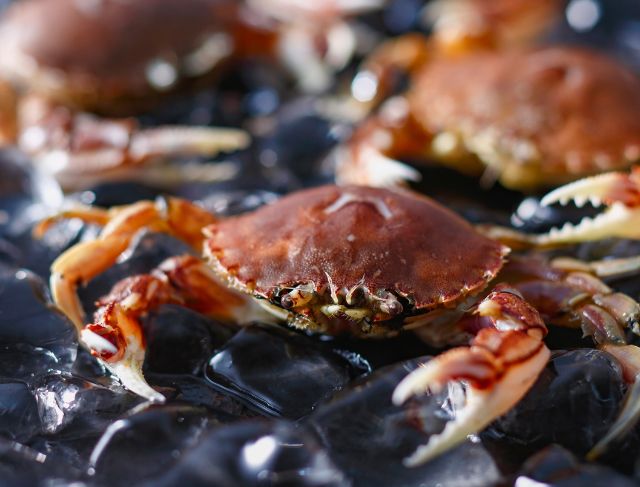You open your eyes in October on Christmas Island, Australia…and your driveway is filled with red crabs having a power nap on their way to the marathon at the beach. People are not alarmed—no one is calling pest control. Instead, the residents pick up their leaf blowers, garden rakes, and even broomsticks to urge the little adventurers in the right direction. Some locals will not even start their car until the road has cleared. Here the crabs do not dodge traffic. They ARE the traffic.
This Is Not Even a Small Parade
Forget 100, 500, or even a million. Every single year over 100 million red crabs migrate across the Island. As migration season approaches, roads shut down, signs go up, and human beings politely avoid the roads and the finds—or not. It looks like the entire island has turned into one huge moving red carpet—literally.
Tourists treat it like a natural festival, photographers use up all their memory, and conservation officers work overtime. The locals? They are used to it—but they still love it every year.
It Has a Happy Ending That Actually Belongs in the Beginning
Ironically, this picture all came with a significant hitch when to the surprise of no one to arrive there were only two fishers, who now have two-thirds of the population dead. The cause? Not humans, Not Climate. Tiny yellow invasive ants.
Those ants disposed of the formic acid onto the crabs, resulting in mass dehydration and death. It was a catastrophe, and Christmas Island nearly lost its red icons. In 2016, however, scientists played matchmaker and introduced micro-wasps from Malaysia. These wasps feed on the honeydew-producing insects the ants rely on for food. No food = fewer ants. And it worked. “We haven’t won the war,” said Brendon Tiernan from the national park team. “But we have come a long way.” The crab population exploded back from nearly empty—now there are over 180 million scuttling about the island… what a comeback.
Now, let’s jump to the “beginning.”
Each year, all this mayhem has only one goal: arriving at the beach. The males dig burrows, the females move in, then the eggs stay hidden for two weeks. When the moon and tides are just right—around November 14–15—millions of eggs emerge and are released into the ocean.
One month later, after drifting along ocean currents, the babies arrive home as baby crabs and crawl onto the land….to begin the process over once again next year. Nature’s loop button is permanently ON.
A “Conclusion” That Doesn’t Want to Be at the End
Thus what can we learn from a story about a place where crabs rule the roads and where humans wait happily?
That on Christmas Island:
- Wildlife gets priority
- Conservation works
- Even the littlest critters can mobilize a whole community
And most importantly—often the world looks a whole lot better when humans step back…and let a tide of red crabs traverse their way to the ocean like they have for thousands of years.




